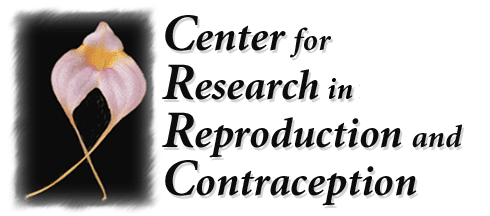|
Orchid: A member of the family Orchideae.from Greek orkhis, testicle |
||
|
Home
About Orchids
|
The Orchid in the Human Imagination The orchid has fascinated and inspired humans throughout recorded history and quite probably earlier. Its real and imagined qualities are reflected in the folklore of many cultures, much of it concerning health and reproduction. The ancient Greeks—whose word orkhis means testicle—gave the family its name, based on the appearance of the tuberous roots of a terrestrial species. In classical mythology, Orchis, the son of a satyr and a nymph, was turned into a flower after his death. In his Materia Medica, the first century A.D. Greek physician Dioscorides hypothesized that orchids influenced sexuality. Ever since, people have associated the plant with virility, fertility, sex determination, and other aspects of reproduction, inspired perhaps by the exotic appearance, fragrance, and frankly erotic aspect of its flower’s sexual parts. The English Victorian John Ruskin called the flowers “prurient apparitions.” Early Greek parents believed they could control the sex of their unborn children with orchid roots. If the father ate large, new tubers, the child would be male; if the mother ate small tubers, the child would be female. European scholars believed that orchids sprang from ground on which animals had bred. They were thought to be the food of satyrs and powerful aphrodisiacs. In ancient China and Japan they were revered for their esthetic and artistic value. Confucius compared the orchid flower to the superior man and its scent to the pleasures of friendship. In modern times the genus Paphiopedilum was named for Phaphos, a temple where the love goddess Aphrodite was worshipped. Orchids have been used as a source of food, medicines, religious charms, adhesives, perfumes, straw, and flavorings—vanilla being the most widespread—as well as aphrodisiacs. They are thought to cure fever, arthritis, dysentery, cough, headaches, and wounds in many parts of the world. They are made into a remedy for sick elephants in Malaysia and a kind of ice cream in Turkey (where its name means “fox testicles”) that is said to prevent cholera, heal the spleen, and ease childbirth. The Orchidaceae family is large and diverse, comprising about 25,000 naturally occurring species and more than 100,000 hybrids. Orchids are native to every continent, though most occur in the tropics. They are not carnivorous or parasitic, relying for sustenance on symbiotic relationships with fungi. “The flowers of orchids,” wrote Darwin, “present a multitude of curious structures,” and most of these are devoted to the plant’s propagation. Unlike most plants, both male and female reproductive organs are carried on the same structure of the orchid, the column. The extraordinary diversity of the orchid's structure, size, and color is matched by its range of strategies for ensuring pollination. Individual species have evolved to mimic the bee, fly, spider, bird, bat, moth, or other creature they need to attract. Some have developed elaborate systems of water traps and tunnels, hinged petals, and sticky packets of pollen—devices often described as “devious” or “deceitful.” Catasetum denticulatum fires a tiny winged pollen dart at the unwitting bee lighting on its lip, ensuring that the pollen will be carried to the next orchid visited. The Australian hammer orchid attracts the male wasp with a scent resembling that of his mate. If he tries to fly off before picking up or depositing pollen, he is battered against the column until he does right by the orchid, whereupon he is released. The orchid is a fitting symbol for the work of the CRRC. It is the very model of sexual reproduction. The beauty of its flowers appeals to humans as well as to its pollination partners, and its reproductive success depends on visual, olfactory, and tactile signals, as well as accident. Like humans, the orchid has experienced deliberate intervention in its reproductive processes for many purposes. And like our species, its quality of life and propagation promise to be enhanced by advances in cell and molecular biology, genetics, ecology, population science, and conservation for years to come. CRRC logo:
Masdevallia
Pink Mist (strobelii x coccinea) 1989 |
|
|
|
||
|
Center for Research in Reproduction and
Contraception Phone 206.616.1818-
Fax 206.616.0499 University of Washington - Box 357138 pgarcia@u.washington.edu Seattle, WA 98195-7138 http://depts.washington.edu/popctr |
||
CRRC Home page |
||
